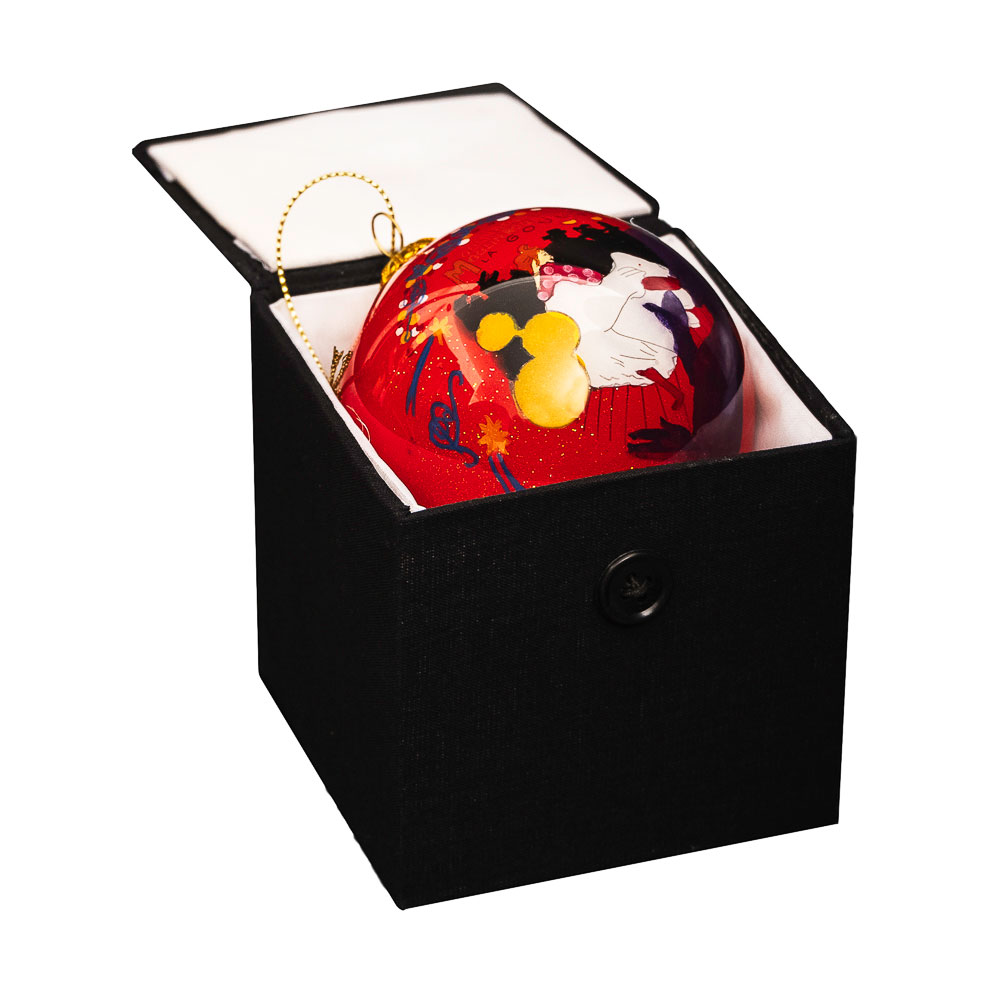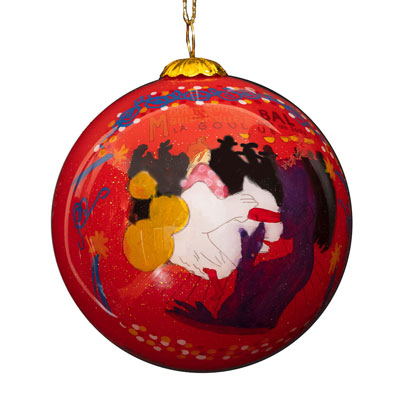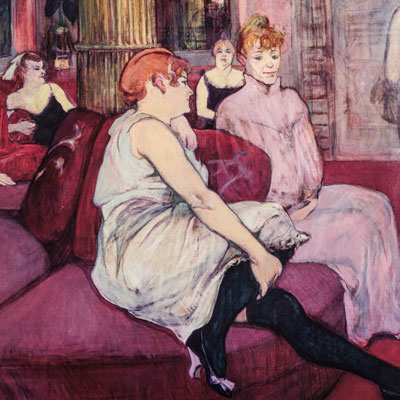Tel : (+33) 4 94 63 18 08
9am - 6pm from Monday to Sunday
Art Nouveau
Art Nouveau: An Ornamental Whirlwind that Marked the World of Art
Art Nouveau, this artistic movement that emerged in Europe at the end of the nineteenth century, managed to enchant the senses and revolutionize artistic conception until the first decades of the twentieth century. Its founders, visionary minds like Victor Horta and Hector Guimard, infused a new vitality into creative expression by adopting an extravagant ornamental style, resembling a visual symphony inspired by nature. Between 1895 and 1905, Art Nouveau reached its peak, submerging the artistic and architectural landscape with its flamboyant brilliance. However, its imprint deeply rooted itself in the intricacies of art and architecture, stretching far beyond that prosperous period. The movement drew inspiration from various artistic and cultural currents of the time, such as Japonism and the Arts and Crafts Movement, skillfully merging traditional and modern elements to create a bold aesthetic. Art Nouveau artists left their mark with fluid curved lines and intricate ornamental motifs, blossoming like flourishing petals in their creations. Their passion for nature translated into works brimming with life and energy, capturing the very essence of the natural world in breathtaking beauty. They also explored new artistic paths, pushing boundaries through innovative production techniques, such as blown glass and forged metal. These daring creators found their expressive ground in a multitude of artistic fields, whether in architecture, sculpture, engraving, photography, or furniture design. Names like Victor Horta, Hector Guimard, Gustav Klimt, Antoni Gaudí, Alphonse Mucha, Théophile Alexandre Steinlen, Henri de Toulouse-Lautrec, and Aubrey Beardsley illuminated the artistic scene with their creative genius. Their works, exhibited at international events, spread the fame of Art Nouveau to all corners of the globe. Although Art Nouveau held a prominent place in art history, it did not escape criticism, with some reproaching it for its lack of political and social depth. At the turn of the twentieth century, it eventually gave way to new artistic movements. Nevertheless, its legacy endured, imbuing art and architecture with timeless influence. Even today, it is celebrated and admired for its unparalleled splendor and creativity, an eternal testament to a time when art dared to push the boundaries of imagination.
Discover the artist
de Toulouse Lautrec Henri
Henri de Toulouse-Lautrec is a French artist born on November 24, 1864 in Albi, in the south of France. He was the son of Count Alphonse de Toulouse-Lautrec and Countess Adèle de Toulouse-Lautrec, but was raised by his mother after his parents divorced in 1868. Lautrec was seriously injured at the age of 13 when he fell off a horse, which caused fractures to his legs that prevented his growth. He spent many months in a cast and was left with very short legs and mobility issues for the rest of his life. Despite his physical difficulties, Lautrec turned to art and began studying painting at the École des Beaux-Arts in Paris in 1882. He was particularly influenced by Impressionism and worked with artists such as Pierre-Auguste Renoir and Edgar Degas. Throughout his life, Lautrec was particularly known for his advertising posters and cabaret drawings. He produced several famous posters, including "Moulin Rouge, La Goulue" in 1891 and "Jane Avril" in 1893. He also painted many scenes of the nightlife of Montmartre, including representations of dancers and cabaret musicians. Lautrec also produced many famous paintings and lithographs, such as "Le Divan Japonais" in 1893 and "L'Absinthe" in 1894. His works were exhibited in international exhibitions and are today considered masterpieces of Art Nouveau. Lautrec led a controversial life and suffered from mental health issues and addiction throughout his life. He died on September 9, 1901 at the age of 36.



